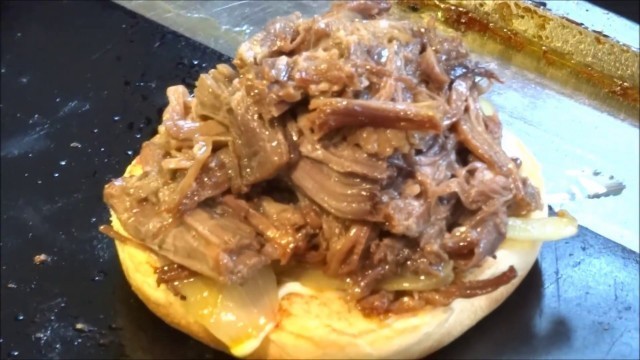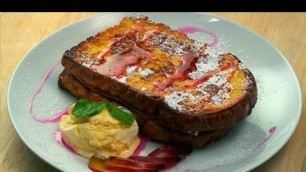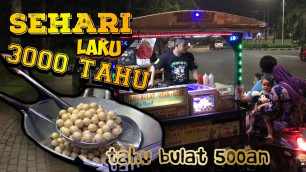

'BRAZILIAN STREET FOOD IN LONDON, BRAZILIAN BURGER WITH MELTED CHEESE, BRAZILIAN FOOD, BRICK LANE MARKET LONDON, BRAZILIAN CUISINE - Coxinha is a popular food in Brazil consisting of chopped or shredded chicken meat, covered in dough, molded into a shape resembling a chicken leg, battered and fried. In Brazil, pastel is a typical fast-food Brazilian dish, consisting of thin pastry envelopes wrapped around assorted fillings, then deep fried in vegetable oil. The result is a crispy, brownish pastry. The most common fillings are ground meat, mozzarella, heart of palm, catupiry cream cheese, chicken and small shrimp. Rice is a staple of the Brazilian diet, albeit it is not uncommon to eat pasta instead. It is usually eaten together with beans, boiled dry legumes and some other kind of protein, and may be served together with farofa (a toasted flour of manioc or corn), polenta, salads or cooked vegetables. Brazilian cuisine has European, African and Amerindian influences.[1] It varies greatly by region, reflecting the country\'s mix of native and immigrant populations, and its continental size as well. This has created a national cuisine marked by the preservation of regional differences.[2] Ingredients first used by native peoples in Brazil include cassava, guaraná, açaí, cumaru, cashew and tucupi. From there, the many waves of immigrants brought some of their typical dishes, replacing missing ingredients with local equivalents. For instance, the European immigrants (primarily from Portugal, Italy, Spain, Germany, Poland and Switzerland) were accustomed to a wheat-based diet, and introduced wine, leafy vegetables, and dairy products into Brazilian cuisine. When potatoes were not available they discovered how to use the native sweet manioc as a replacement.[3] Enslaved Africans also had a role in developing Brazilian cuisine, especially in the coastal states. The foreign influence extended to later migratory waves – Japanese immigrants brought most of the food items that Brazilians would associate with Asian cuisine today,[4] and introduced large-scale aviaries, well into the 20th century.[5] Root vegetables such as cassava (locally known as mandioca, aipim or macaxeira, among other names), yams, and fruit like açaí, cupuaçu, mango, papaya, guava, orange, passion fruit, pineapple, and hog plum are among the local ingredients used in cooking. Some typical dishes are feijoada, considered the country\'s national dish;[6] and regional foods such as beiju (pt), feijão tropeiro (pt), vatapá, moqueca, polenta (from Italian cuisine) and acarajé (from African cuisine).[7] There is also caruru, which consists of okra, onion, dried shrimp, and toasted nuts (peanuts or cashews), cooked with palm oil until a spread-like consistency is reached; moqueca capixaba, consisting of slow-cooked fish, tomato, onions and garlic, topped with cilantro; and linguiça, a mildly spicy sausage. The national beverage is coffee, while cachaça is Brazil\'s native liquor. Cachaça is distilled from sugar cane and is the main ingredient in the national cocktail, caipirinha. Cheese buns (pães-de-queijo), and salgadinhos such as pastéis, coxinhas, risólis (from pierogy of Polish cuisine) and kibbeh (from Arabic cuisine) are common finger food items, while cuscuz branco (milled tapioca) is a popular dessert. Salgadinhos are small savoury snacks (literally salties). Similar to Spanish tapas, these are mostly sold in corner shops and a staple at working class and lower middle-class familiar celebrations. There are many types of pastries: Pão de queijo (literally \"cheese bread\"), a typical Brazilian snack, is a small, soft roll made of manioc flour, eggs, milk, and minas cheese. It can be bought ready-made at a corner store or frozen and ready to bake in a supermarket and is gluten-free. Coxinha is a chicken croquette shaped like a chicken thigh. Kibe/Quibe: extremely popular, it corresponds to the Lebanese dish kibbeh and was brought to mainstream Brazilian culture by Syrian and Lebanese immigrants. It can be served baked, fried, or raw. Esfiha: another Middle Eastern dish, despite being a more recent addition to Brazilian cuisine they are nowadays easily found everywhere, specially in Northeastern, Southern and Southeastern regions. They are pies/cakes with fillings like beef, mutton, cheese curd, or seasoned vegetables. Pastéis are pastries with a wide variety of fillings. Similar to Spanish fried Empanadas but of Japanese origin (and brought to Brazil by the Japanese diaspora). Different shapes are used to tell apart the different flavours, the two most common shapes being half-moon (cheese) and square (meat). Size, flavour, and shape may vary greatly. Empadas are snacks that resemble pot pies in a small scale. Filled with a mix of palm hearts, peas, flour and chicken or shrimp.'
Tags: Cooking , Food , burger , street food , brazilian food , street food around the world , beef burger , Brazilian street food , street food london , melted cheese , Brick Lane Market London , international street food , brazilian cuisine , BRAZILIAN STREET FOOD IN LONDON , BRAZILIAN BURGER WITH MELTED CHEESE
See also:




!['Cube World - How To Tame or Get A Pet! [Taming Tutorial]'](https://cdn-img01.verybestfoodrecipe.com/images/49-m/123/1232258_m.jpg)












comments